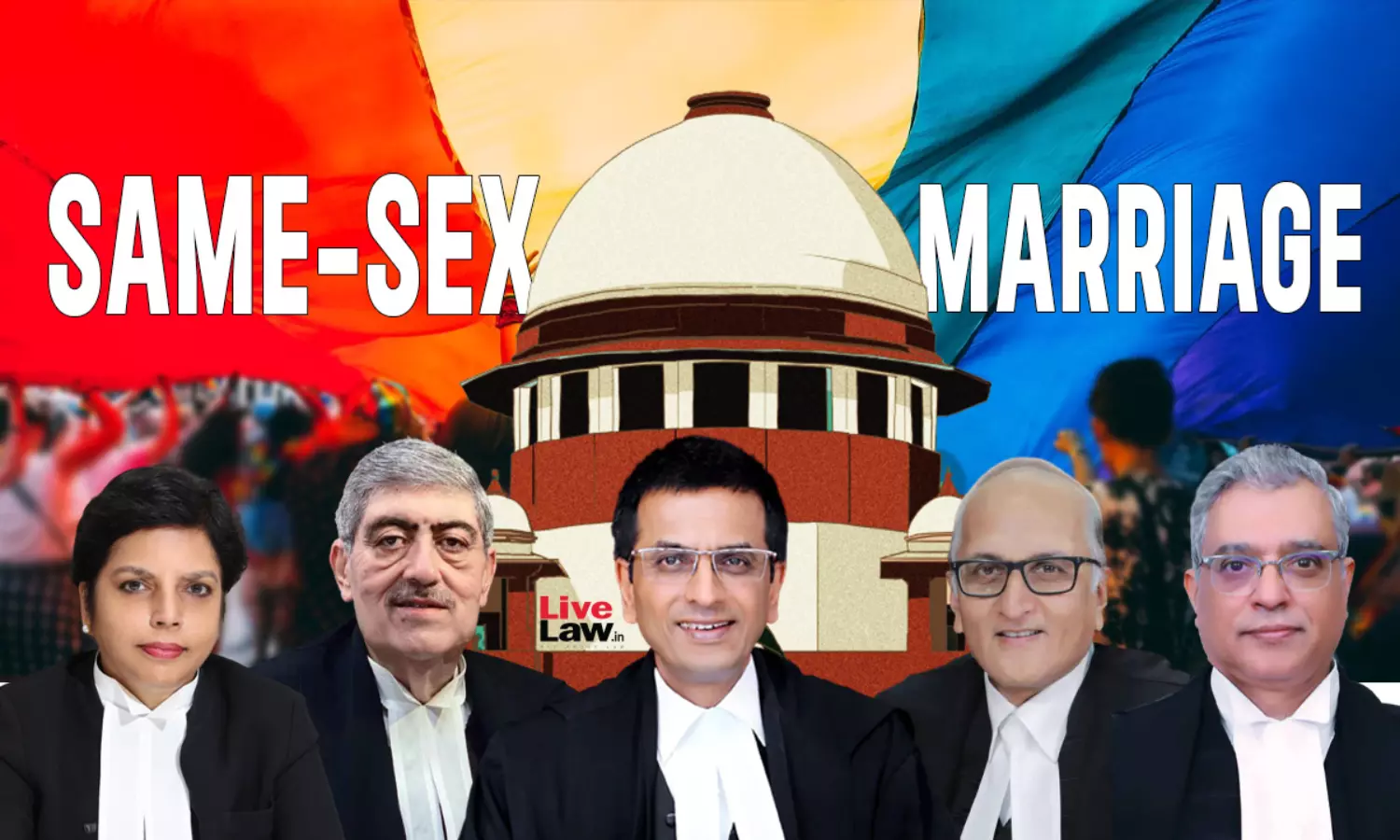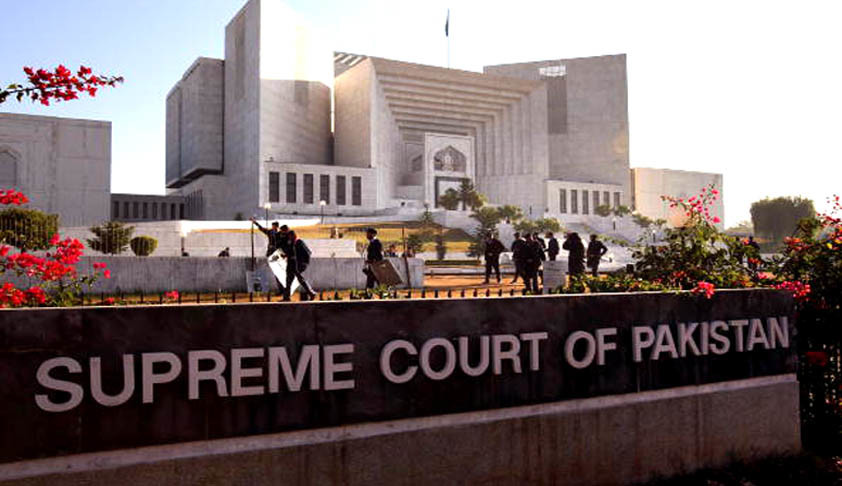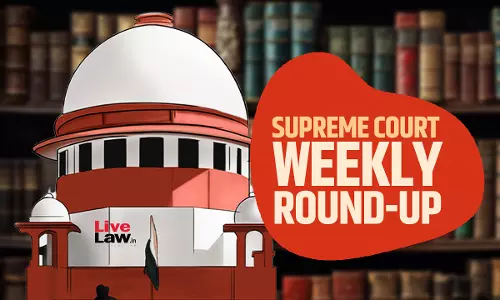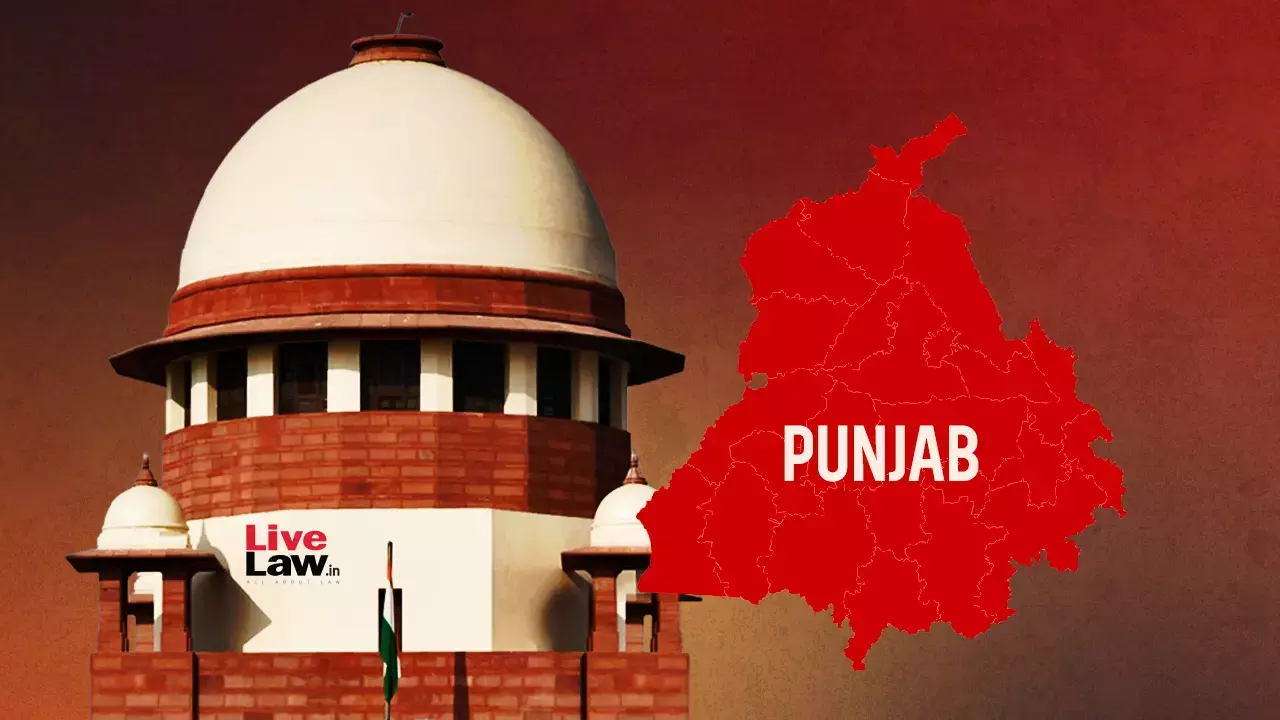Marriage Equality | Which Partner Will Be Aged 18 And Which One Will Be 21 Years Old? Supreme Court Discusses Marriage Age Disparity

While hearing the batch of petitions seeking legal recognition for same sex marriages in India, the Supreme Court Constitution bench was today faced with a conundrum as to which partner would be aged 18 years and who would be 21 years old as per the provisions of the Special Marriage Act. The discussion began when Senior Advocate Mukul Rohatgi was taking the bench comprising CJI DY...
While hearing the batch of petitions seeking legal recognition for same sex marriages in India, the Supreme Court Constitution bench was today faced with a conundrum as to which partner would be aged 18 years and who would be 21 years old as per the provisions of the Special Marriage Act.
The discussion began when Senior Advocate Mukul Rohatgi was taking the bench comprising CJI DY Chandrachud, Justice Sanjay Kishan Kaul, Justice Ravindra Bhat, Justice Hima Kohli, and Justice PS Narasimha through the provisions of the Special Marriage Act, 1954 to demonstrate where gender neutral terms could be inserted in the Act.
Section 4 of the Special Marriage Act stipulates conditions relating to solemnization of marriages. Sub-section 3 states that the male ought to have completed the age of twenty-one years and the female the age of eighteen years.
Justice Hima Kohli enquired how Section 4 of the Act would be read if gender neutral terms are employed in it. Senior Advocate stated that while for other Sections gender neutral terms had to be employed, the same could not be done for Section 4.
He initially suggested that the provision can be left as it is. "If two men are getting married, it is 21. If two females are getting married it is 18. You don't need to change it."
However, Justice Kohli and Justice Bhat did not seem satisfied with the submission. "The whole idea is that you go beyond your...then why male and female? You're splitting in and out," the Judges said.
Rohatgi then responded–
"If you read it as a person (instead of man or woman), it will give a dual age. What will be 18, what will be 21?"
Justice Bhat interjected–
"So for the main part you want it to be gender neutral but for this part, you want to retain male and female?"
Replying in an affirmative, Rohatgi said–
"Yes, because there are different ages- 18 years and 21 years. There is a proposed bill to increase 18 years to 21 years. There is already a bill. The moment 18 becomes 21 for women, the problem will be solved."
"That is a slightly dangerous argument,"CJI Chandrachud orally remarked at this juncture, adding that a petition by Advocate Ashwini Upadhyay had come before a bench he shared with Justice Narasimha where the provision that women should be 18 years was challenged. He stated that they had dismissed the petition stating that if the court holds the provision unconstitutional, there would be no minimum age of marriage.
However, Justice Bhat did not seem satisfied with the submission pertaining to retaining the words "male" and "female" for the purposes of Section 4. He said–
"There are so many spectrums. How do they get accommodated?"
Here, Senior Advocate KV Vishwanathan submitted–
"Section 4 guarantees them the option to choose the gender they manifest."
Justice Bhat orally remarked–
"So ultimately you're going back to the social stereotype you want to avoid...It syncs with what you want, it suits your purpose."
Once the exchange pertaining to Section 4 came to a rest, Rohatgi argued for gender neutral terms in other provisions in the Act. Referring to Section 2(b) of the Act, which defines “degrees of prohibited relationship”- as a man and any of the persons mentioned in Part I of the First Schedule of the Act and a woman and any of the persons mentioned in Part II of the said Schedule in a relationship, he said–
"So prohibition is that a man will not have a union with all persons named in Part I as similarly a woman will not have relationship with males mentioned in part II. Now technically, father is missing in Part I. So a man cannot have relationship with all those who are named in Part I who are women, but technically he can include a father. Smilarly woman cant have relationship with all males mentioned in Part II but technically it includes a mother. it's just a conundrum. But if you read it the way I'm saying (man and woman as person), so a person and any person mentioned in Part I and a person and any person mentioned in Part II. So both will apply now."
Seeking clarification on his submissions, CJI Chandrachud asked–
"According to you, if two men are getting married, it's not just Part I which will apply and if two women are getting married, it's not just Part II will apply...But this is also a tacit indication that the SMA did not contemplate people of same sex getting married."
To this, Rohatgi responded–
"To conform to the constitutional declaration, it has to be this. Otherwise this will become unconstitutional if the declaration is granted. We don't want it to be unconstitutional. We want to utilise it."
Rohatgi also urged the bench to not brush aside the issue merely on an argument that the society is not ready for same-sex marriages. He cited several examples where change in society was led by law.
"When the Hindu Code came, parliament wasn't ready. The Hindu Code wasn't just Hindu Marriage Act, it had adoption, succession - so many things. It wasn't accepted. Dr Ambedkar had to resign. Then it came in a truncated manner. First the Hindu Marriage Act, then succession act, then adoption, guardianship - all of them came after. So what was not accepted in 1950 was accepted in 1956, and then became the norm of the society."
He also referred to the introduction of Hindu Widows Right to Remarry Act which came in 1800s. "The society was not even ready till 1900s. There law acted with alacrity," he said.
Therefore, he urged the Supreme Court to push the society to acknowledge LBTQ community as equals in all respects.
"We rely on the prestige and the moral authority of the court apart from Article 141. When the highest court of the land says that you have a right to marry, that is what will drive the society to accept this group...Sometimes the law takes the lead, sometimes the society takes the lead. The power, jurisdiction, obligation, and responsibility of this court is only cast on this court. Even the HC doesn't have that power- as the final protector of Fundamental Rights," he said.
Rohatgi has concluded his arguments. The bench is now hearing Senior Advocate AM Singhvi for the petitioners. Read live updates here.




